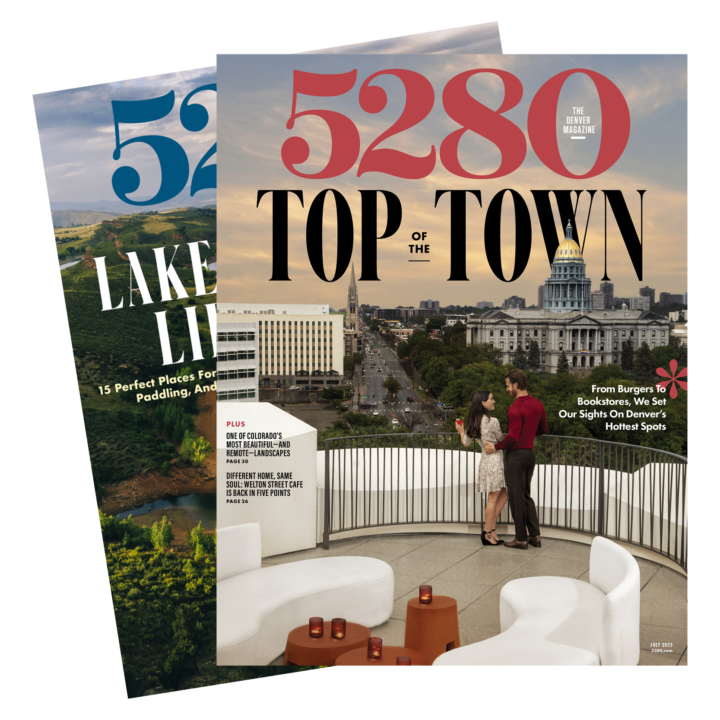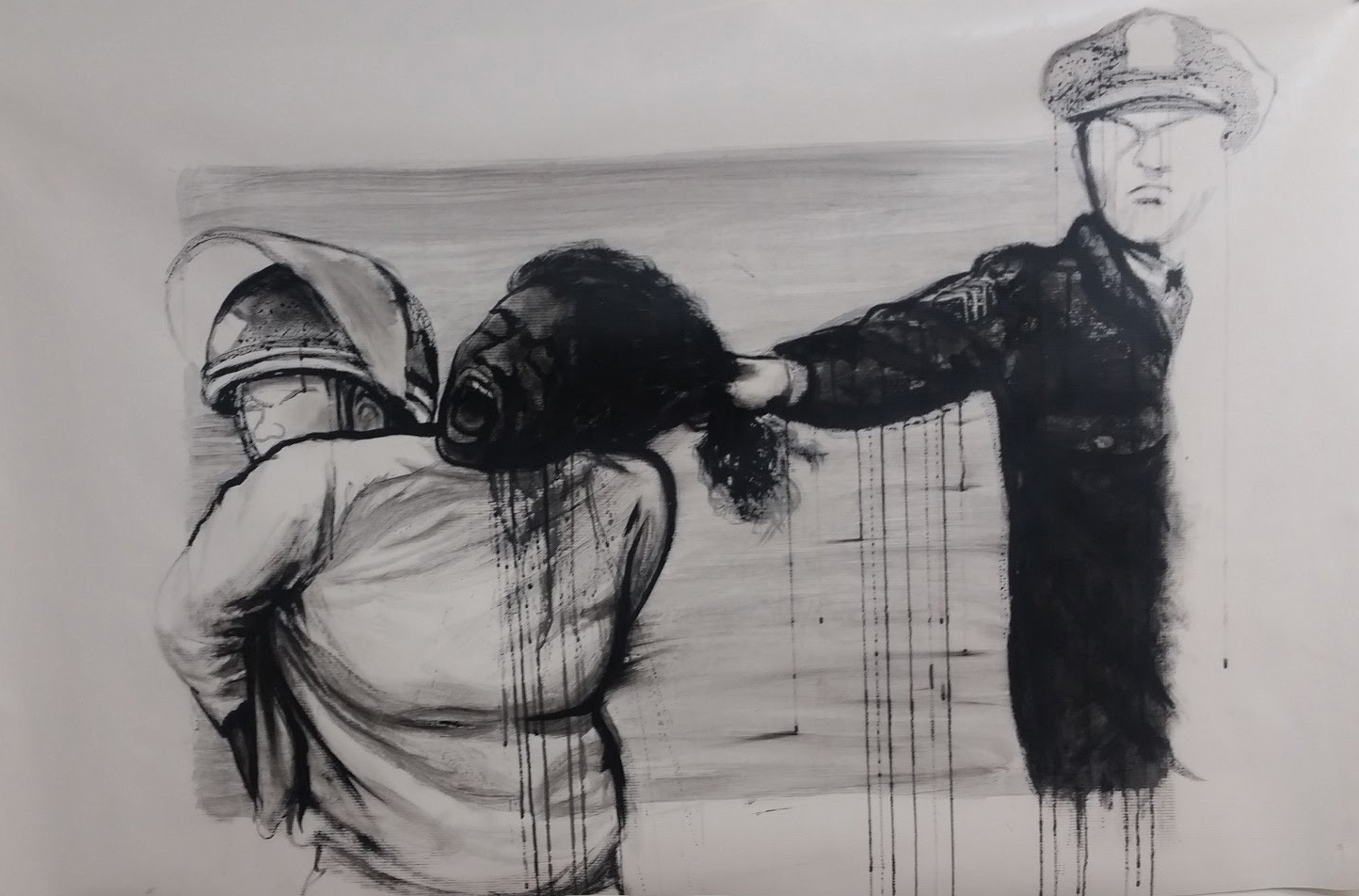The Local newsletter is your free, daily guide to life in Colorado. For locals, by locals.
There’s no question that the Colorado Springs Fine Arts Center‘s latest exhibit is a commentary on contemporary times—but it’s a message made stronger by the fact that almost none of the artwork is new.
Force/Resistance, which opens February 25, explores the interplay of power and violence in the United States, particularly as it relates to racially motivated violence, racial profiling, and civil rights, through the works of Floyd Tunson, Dáreece Walker, and Bunky Echo-Hawk. The exhibition is running in conjunction with Colorado College’s second-annual Laura Padilla Colloquium, titled “Race and Terror.” (The museum and the college merged last year, and this is the first show they’re running in tandem.)

“I wish this was a historical exhibition, but it’s not. It’s very living and present for millions of Americans,” says Jessica Hunter-Larsen, curator of interdisciplinary arts.
In his “Endangered” series, Manitou Springs–based artist Floyd Tunson brings the viewer face-to-face with young, vulnerable African-American men. In some cases, the subjects came from broken homes, but in every portrait, the vulnerability stems quite simply from the fact that the subject was born a black man. Most of the series was created in the early ’90s, but the first piece was made in 1973 after Tunson’s brother was killed by police in City Park. “It’s sad and unfortunate that they still have meaning, that they’re still just as powerful now as they were then,” he says. “That means things haven’t changed very much.” While the works aren’t new, some of the pieces included in Force/Resistance have never been viewed in a public exhibition.

Dáreece Walker is a graduate of the University of Colorado at Colorado Springs (he now lives in New York), and his black-and-white mixed-media often reflect major news events, such as the death of Eric Garner or the protests in Ferguson, Missouri. His portrayals manage to slow these tragedies down into single moments that force the viewer to think about what happened in the minutes and hours before and after—and perhaps ponder how things could have gone differently. Although they look like ink on paper or drawings, Walker’s pieces are actually crafted on Tyvek, a synthetic material. “His work is about being a young black man and trying to navigate his way through a culture that, in some instances, directly targets him,” Hunter-Larsen says.
With vibrant colors and a clear voice, Bunky Echo-Hawk‘s paintings raise awareness about the oppression and environmental concerns faced by native people. His father, Walter Echo-Hawk, is a tribal lawyer who will present the colloquium’s keynote lecture (February 28, 7 p.m.; free). During the talk, Bucky will paint a canvas in response to his father’s words. The resulting artwork will then be added to Force/Resistance.
To bring the message even closer to home, the exhibit also includes a short video documentary entitled From Standing Rock To Colorado Springs, which will showcase the stories of Colorado Springs–area residents who were part of the protests against the Dakota Access Pipeline.
“You’ll get a real sense of the grand sweep of history in some instances and then more intimate glimpses into the psychological ramifications of institutionalized or cultural violence,” Hunter-Larsen says about the show. “I feel like that’s a really important part of thinking about the role of art—that it provides us an opportunity to have discussions that are very difficult to have in some other contexts. You’re not being confronted in a way that demands any kind of response or emotional reaction immediately. Art provides a place where you can rest with those ideas.”
If you go: Force/Resistance runs February 25 through September 9. Meet the artists during a free opening reception, starting at 5:30 p.m. on February 27.








